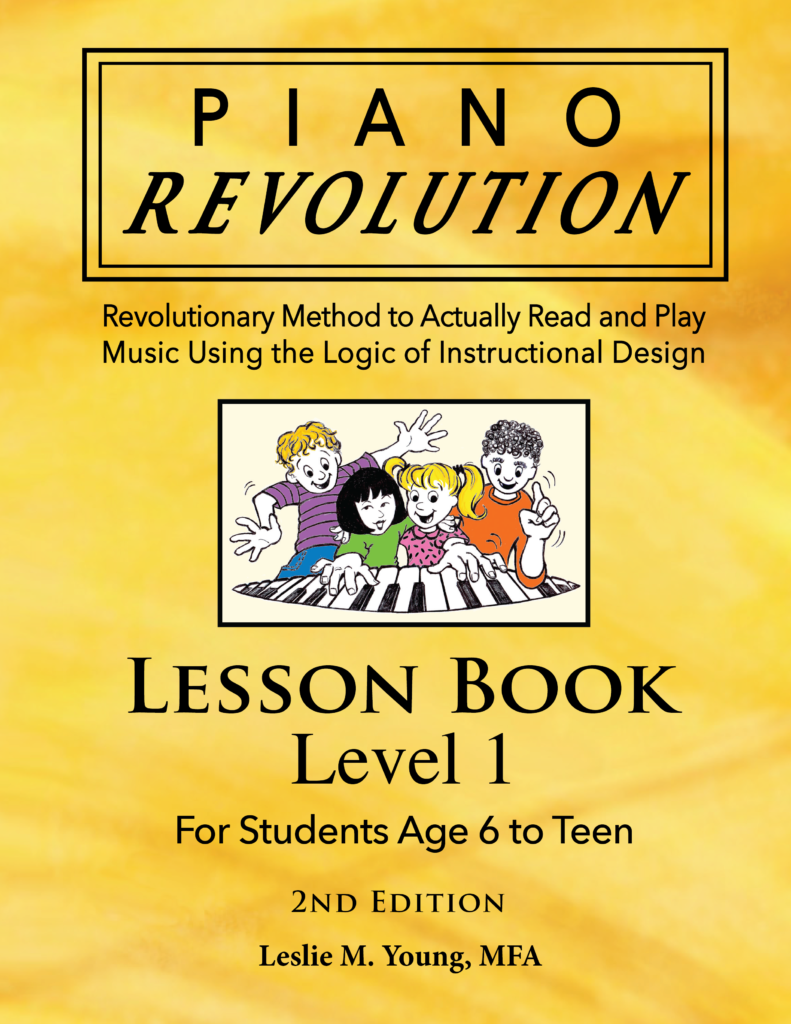Best Beginner Piano Book: Why Aren’t Proper Notes Taught in Early School Music?
The best beginner piano book search can be frustrating—especially if you’re a parent homeschooling your children or a music teacher trying to build a solid foundation for your students. One of the biggest challenges? The gap between what’s taught in many school music programs and what’s actually needed to read and play music accurately.
Why the Gap in Music Basics Taught in Schools?
Let’s face it, most school music classes for young students focus on clapping games, singing, cultural songs, and improper substitutes for actual notes and their time values. When it comes to actual music notation, note reading, and rhythm understanding, many young students are deficient.
In my private lessons and group classes, I have taught children as young as age four to:
- Complete written theory exercises
- Identify whole, half, quarter notes and rests
- Count rhythms aloud while playing
- Understand and apply multiple time signatures
But time and again, I’ve had to pause a lesson because a student’s previous school music experience was confusing them. Their thinking process had no connection to the staff, notes, or piano keys.
So here’s the real question:
Why are young students taught that way?
The Problem: Music Learning Expectations
In my opinion, the disconnect comes from long-established learning expectations. If a teacher has been taught that actual notation and time values are too complicated for young children, those will most likely not be taught – substitutes will be used. Now, there certainly are state guidelines with particular requirements for music instruction for each grade level. Each state’s Department of Education has these available to the public. National standards for music are available at the website for the National Association for Music Education http://www.nafme.org
I’ve been involved with the writing of K-12 music curriculum based on these governmental standards – which read as very comprehensive and thorough – but never specify how a skill should be taught.
Dr. Robert A. Cutietta, Dean of the Thornton School of Music at the University of Southern California, states “school programs are not designed to provide everything needed by the serious young musician. Private lessons are necessary for anyone planning on pursuing music. . .” – R. A. Cutietta, Raising Musical Kids: A Guide for Parents 2nd edition (New York, N.Y.: Oxford University Press, 2014), 122.
This is worth remembering by parents who have
interest in seeing that their children develop more
than a minimal understanding of music.
How a skill is taught can interfere and hinder the accurate learning of the actual musical elements, especially if it is a substitute for correct instruction. Young brains are incredibly capable of learning abstract symbols — especially when music is taught with the right method and at their ability-appropriate pace.
The Solution: Piano Revolution – A Beginner Piano Method that Starts with Actual Music Reading
I created Piano Revolution many years ago because it was taking too much time to unteach bad habits from other sources in order for students to learn proper music reading and playing. Unlike traditional methods that rely on rigid hand positions, fingering, rote memorization, or imitation, Piano Revolution is designed to teach accurate note reading and time values for beginner students. Because of its unique approach and Instructional Design pacing based on student ability, I believe it is the best beginner piano book series for students of any age (view in New Tab right click).
What Makes Piano Revolution the Best Beginner Piano Book?
Here’s how it works:
✅ First Lesson:
Students begin by identifying the first space on the staff (middle F) and associating it directly with its piano key. They see the space, say the letter, and play the key. That’s not guessing or copying—it’s learning.
✅ No Shortcuts, No Gimmicks:
Piano Revolution doesn’t rely on mnemonics, finger numbers, or playing by pattern. It’s built on a logical thinking process that builds real musicianship. After all staff spaces are learned, they are used to identify lines and their key locations. This unique thinking process of using the space to find the line produces faster retention in long-term memory and the ability to self-correct by the student! It is so rewarding to witness when the student realizes this personal ability and achievement!
✅ Level 2 Introduces Rhythm:
When students have first mastered staff space and line reading for each hand (first treble then bass), both hands coordinate playing together, which requires multiple lessons. Note values and time signatures are introduced next. This layered approach builds confidence, clarity, and consistency.
Looking for a Homeschool Piano Method?
If you’re homeschooling and want a method that actually teaches your child how to read and play music, Piano Revolution is for you.
🎵 Ideal for:
- Homeschool families
- Busy parents
- Private piano teachers
- Self-taught piano learners
- College music major students needing fast, accurate piano skills
🎹 With Piano Revolution, students:
- Build true sight-reading skills
- Progress efficiently and confidently
- Develop real musical independence—no more relying on memory mnemonics, hand position fingering, or videos
Ready to Start?
🔍 Still searching for the best beginner piano book for your child or student?
Piano Revolution may be exactly what you’re looking for.
📘 Explore sample pages and learn more at pianorev.com
🎥 Watch how Piano Revolution works and see the difference in real time!
Ready to Start Your Piano Journey?
Don’t waste time with gimmicks—start learning real music today. Get a FREE lesson and discover how Piano Revolution can transform your playing.
🎹 View now at pianorev.com
View sample pages of all the books for students
ages 6 to teen:
View sample pages of all the books for students
4 to 5 years old:
View sample pages of all the books for older
teens and adults:
View the books on Amazon:
About the Author, Composer,
Illustrator, Educator, and
Eternal Optimist
Leslie Young is the author/composer/illustrator of the PIANO Revolution method books (originally titled as the Revolutionary Piano Method). She co-founded a
K-12th grade charter school in Texas and has been a piano teacher for over 40 years. She has had experience teaching a variety of students tackling piano for the first time or as returning students.
Young believes that “learning to play the piano is more about diligence
and perseverance” – but would add that just as critical to success is
the method that is used, the pattern of critical thinking, and the instructional principles that promote immediate success.
She states: “In teaching piano to students of varying ages, what also varies is a commitment of time and the amount of dedication. Children of certain ages may do very well with a parent as teacher; others may need someone who is not family to instruct them. Some older children and adults prefer to make progress on their own, and this method is designed to act as a meticulous guide through new material. Some adults and teens insist on professional teachers, which also encourages continuity. Because these books are self-explanatory, a new or experienced professional teacher will have no trouble using the PIANO Revolution method with students. It’s an easy and effective way to learn piano.”
This content will be of most interest to:
- Parents who homeschool
- Professional piano instructors
- Individuals desiring piano books for beginners
- Educators of Instructional Design for piano
- Adults desiring a self-teaching piano book
- Parents wondering the best age to start piano lessons for a child











 Next Post
Next Post
